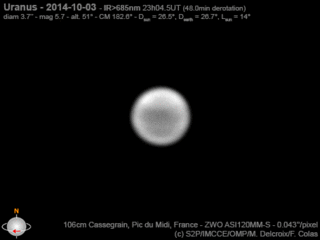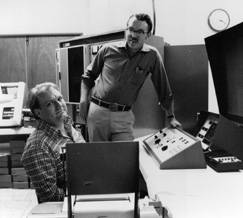2 min read

Data from NASA's New Horizons spacecraft, which explored Kuiper Belt object Ultima Thule earlier this week, is yielding scientific discoveries daily. Among the findings made by the mission science team in the past day are:
- Initial data analysis has found no evidence of rings or satellites larger than one mile in diameter orbiting Ultima Thule.
- Data analysis has also not yet found any evidence of an atmosphere.
- The color of Ultima Thule matches the color of similar worlds in the Kuiper Belt, as determined by telescopic measurements.
- The two lobes of Ultima Thule — the first Kuiper Belt contact binary visited — are nearly identical in color. This matches what we know about binary systems which haven't come into contact with each other, but rather orbit around a shared point of gravity.
"The first exploration of a small Kuiper Belt object and the most distant exploration of any world in history is now history, but almost all of the data analysis lies in the future," said Alan Stern of the Southwest Research Institute in Boulder, Colorado.

Data transmission from New Horizons will pause for about a week while the spacecraft passes behind the sun as seen from here on Earth. Data transmission resumes Jan. 10, starting a 20-month download of the spacecraft's remaining scientific treasures.
"Those of us on the science team can't wait to begin to start digging into that treasure trove," said Stern. New Horizons completed the farthest flyby in history when it came within about 2,200 miles (3,500 kilometers) of Ultima Thule at 12:33 a.m. EST on Jan. 1, zooming past the object at more than 32,000 miles (51,000 kilometers) per hour.
The Johns Hopkins Applied Physics Laboratory in Laurel, Maryland, designed, built and operates the New Horizons spacecraft, and manages the mission for NASA's Science Mission Directorate. The Southwest Research Institute, based in San Antonio, leads the science team, payload operations and encounter science planning. New Horizons is part of the New Frontiers Program managed by NASA's Marshall Space Flight Center in Huntsville, Alabama.
Follow the New Horizons mission on Twitter and use the hashtags #UltimaThule, #UltimaFlyby and #askNewHorizons to join the conversation. Live updates and links to mission information are also available on http://pluto.jhuapl.edu and www.nasa.gov.






